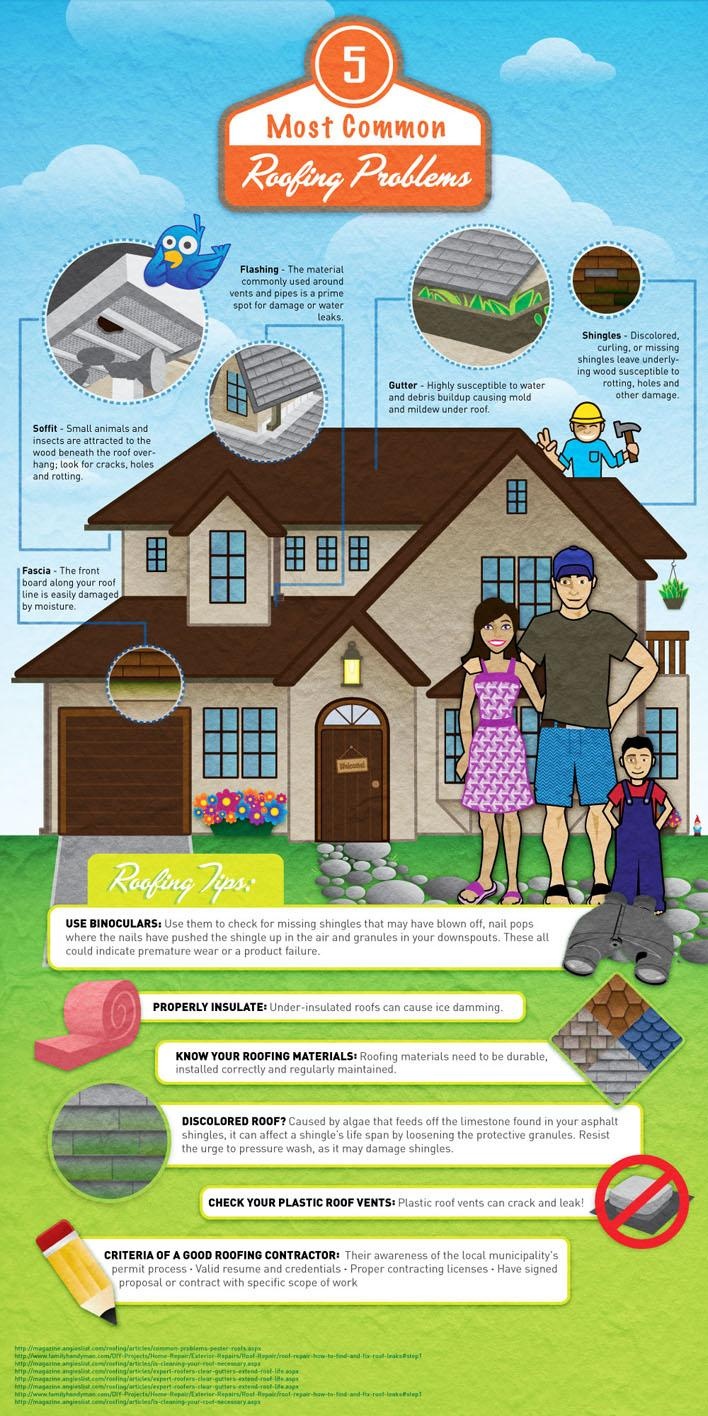Discover The Influence Of Different Weather Conditions On Your Roof Covering Installment To Make Sure A Premium Work
Discover The Influence Of Different Weather Conditions On Your Roof Covering Installment To Make Sure A Premium Work
Blog Article
Web Content Create By-Hartvigsen Mouritzen
When it concerns roofing system installations, the weather can make or damage the task. Think of the stress of handling products that won't comply due to severe warmth or fighting unsafe surfaces caused by unanticipated rainfall. Recognizing the influence of weather on your roofing task is important for an effective outcome. So, let's check out just how various weather components can affect the high quality and durability of your roofing setup, making sure a task well done.
Influence of Temperature Level on Roofing System Installment
When it concerns roofing installation, temperature level plays a critical function at the same time. The excellent temperature for roof covering projects usually falls in between 45 and 85 levels Fahrenheit. Extreme warmth can cause products like shingles to become as well flexible, resulting in potential damage during setup. On the other hand, chilly temperatures can make materials weak and vulnerable to breaking. Read Full Report is necessary to schedule roof setups during modest temperature levels to make sure the most effective end result.
During chillier weather condition, professionals might need to take added safety measures such as using heated tools or enabling materials to warm up before installment.
In contrast, heat may need work to be done earlier or later in the day to avoid the peak temperatures. By considering the temperature level and its effects on roof covering materials, you can aid guarantee a successful installation that will endure the aspects for many years to find.
Effect of Precipitation on Roofing Projects
Roof tasks can be significantly impacted by rainfall, impacting both the timeline and the top quality of the setup. Rain or snow can produce unsafe conditions, making it hazardous for contractors to service a wet surface area. In addition, dampness can jeopardize the bond of products like shingles or underlayment, bring about potential leaks or damages in the future.
If it rains throughout a roofing job, the water can permeate into prone locations, creating hold-ups as the setup team should wait on the roofing to dry prior to proceeding. Too much wetness can likewise advertise the growth of mold and mildew and mildew, further jeopardizing the stability of the roofing.
To avoid these concerns, it's suggested to schedule roofing jobs during drier periods or keep an eye on the weather forecast carefully to prepare about any potential rainstorms. By taking safety measures to work in favorable weather, you can make sure a smoother and a lot more successful roof installation procedure.
Influence of Wind Rate on Installment Success
Throughout roofing system setup, the speed of the wind plays an important role in identifying the success of the job. High wind speeds can position substantial obstacles to roofing professionals, potentially leading to safety and security dangers and top quality problems. When wind speeds surpass recommended limitations, it comes to be hard to manage products, increasing the risk of accidents and damage to the roofing products. Solid gusts can likewise impact the accuracy of measurements and the precision needed for proper setup.
To guarantee an effective roofing system installment, it's vital to keep track of and think about wind speeds. Preferably, roof covering installation should take place on days with reduced to moderate wind rates. https://www.prweb.com/releases/boak_sons_inc_commercial_roofing_contractor_once_again_receives_the_carlisle_syntec_systems_perfection_award/prweb16711163.htm improves the safety and security of the workers yet also boosts the overall high quality of the setup.
Roof tasks scheduled during calm weather conditions are most likely to be finished effectively and with fewer mistakes. By taking note of wind speed projections and preparing accordingly, you can assist make sure a smooth and effective roof installment procedure.
Conclusion
So, when it involves roof installation, bear in mind to take into consideration the weather conditions to guarantee a successful work. Ideal temperature levels, dry conditions, and modest wind rates are crucial aspects to focus on for a smooth setup procedure. By arranging your task during the most effective seasons and optimal weather, you can attain a sturdy and durable roof that will certainly safeguard your home for years to come.
